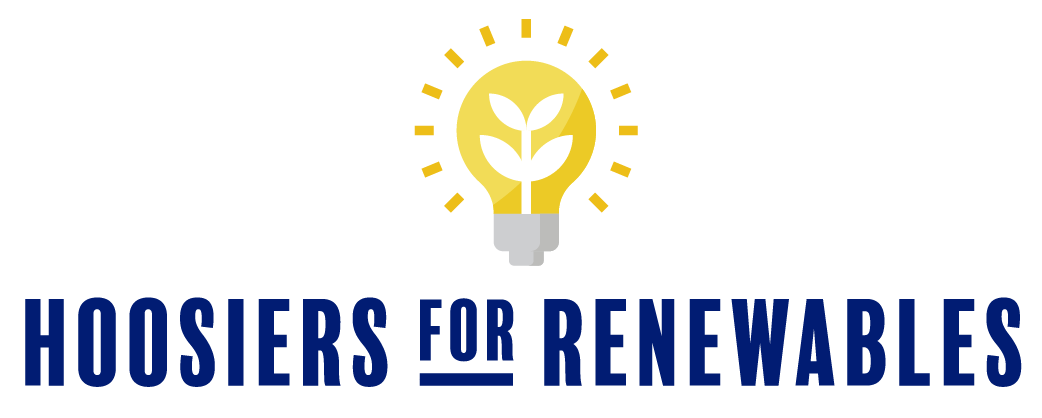The Hidden Gems in Solar Energy Projects
By almost any measure, the past year brought a remarkable expansion of renewable energy interest and projects in the Hoosier state. Renewable energy projects sprouted quickly, with more than a third of our state’s current solar and wind developments starting in 2021.
A little more than two years ago I wrote that Indiana needed to get on the renewable bandwagon, or risk getting left behind. Today we can report that Hoosiers are seeing the benefits and heeding the call.
That’s cause for celebrating, not for the number of growing solar projects, but for the expansion of renewable benefits becoming available to more Hoosiers. For example, in Pulaski County, a new solar project there will bring $85 million in new economic growth. In Cass County, it means $30 million in increased tax revenue, and in Knox, $1 million in economic growth. And construction of solar in just those three counties combined mean nearly 1,000 jobs.
These economic opportunities are why Hoosiers are for renewables.
They see hidden gems in solar energy. Those gems include:
School improvements, road repair, support for first responders, and even better broadband, all possibilities with the tax revenue that flows from renewable projects to their host counties.
Increases in assessed valuation for property in counties throughout our state that are considering solar developments. In other words, solar developments could mean stable, or even lower, taxes for Hoosier businesses and property owners.
Attracting new businesses like Apple, Amazon, and Cummins – all firms with an eye on renewable energy, given that wind and solar are now less expensive sources of energy than coal or natural gas.
Enhancing the diversity of our grid. The reality is that we need ALL types of energy in our state. It’s important that we diversify our energy economy just like a farmer seeks to diversify his crops, or an investor seeks to diversify her portfolio of stock and bonds.
There’s plenty of misinformation out there, too, and I’ve tried hard to help our elected officials make measured and careful decisions about the potential for economic development. Local support is vital. A solar or wind project can’t go just anywhere. Easy access to a nearby electrical transmission line is one factor, as is a cooperative local community interested in reaping the benefits of this type of economic development.
A common objection is about farmland, and as the owner of a legacy Hoosier farm I understand the concern. But solar developers who temporarily lease land in a manner that preserves the soil quality with select plantings under the panels, and use minimal commercial fertilizer applications, will allow the soil to be returned to future agricultural uses.
Meanwhile the farmer is earning a sustainable income not dependent on weather or global grain prices. Solar farms can preserve our agricultural legacy while providing farmers with economic security and income diversity.
Indiana can lead or follow. Our progress in 2021 shows we are leading. We have the opportunity to help our farmers earn two to three times with solar energy what they can earn with traditional crops. And we have the responsibility to look out for the next generation and make sure that family farms are financially viable for the next generation.
